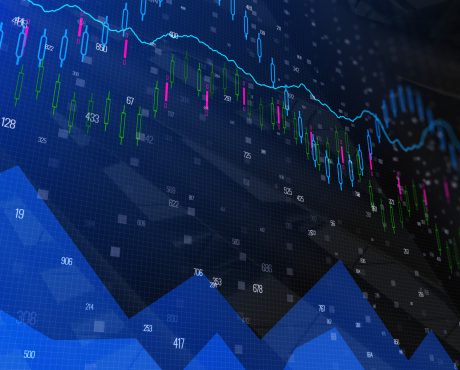Looking for Oversized Dividends? Read This
Most people have never of Hercules Capital Inc (NYSE:HTGC), but the company offers one of the biggest payouts in the current stock market.
Headquartered in Palo Alto, California, Hercules Capital is in the specialty finance business. It focuses primarily on providing senior secured venture growth loans to high-growth, venture capital-backed companies in technology, life sciences, and renewable technology industries.
The business is quite lucrative. In the first quarter of 2019, Hercules Capital’s debt investment portfolio achieved an effective yield of 13%. (Source: “First Quarter 2019 Investor Presentation,” Hercules Capital Inc, May 2, 2019.)
Furthermore, because Hercules is a business development company (BDC), it is required by law to distribute most of its profits to shareholders.
Right now, the company has a quarterly dividend rate of $0.32 per share, which gives Hercules Capital stock an annual yield of 10%.
I should point out that the company’s board of directors follows what’s called a “variable distribution policy.” In the company’s own words, the objective of the policy is the make “four quarterly distributions in an amount that approximates 90% to 10% of the Company’s taxable quarterly income or potential annual income for a particular year.” (Source: “Hercules Capital Reports First Quarter 2019 Financial Results,” Hercules Capital Inc, May 2, 2019.)
In other words, HTGC stock’s quarterly dividends are not carved in stone. When business is booming, the company’s dividends will likely be growing with it. When things slow down, we could see Hercules Capital’s dividend stream shrink as well.
Also worth noting is that regular quarterly dividends aren’t the only payments that HTGC stock investors have collected; the company may also choose to pay additional supplemental cash distributions from time to time. Hercules Capital paid a $0.02-per-share supplemental dividend in November 2018 and another $0.01-per-share supplemental dividend earlier this year. (Source: “Distributions,” Hercules Capital Inc, last accessed July 3, 2019.)
Hercules Capital Inc: Can You Count on This Double-Digit Yielder?
Obviously, based on its business description and variable distribution policy, this 10% yielder does not look like the safest dividend stock on the market. However, compared to other high-yield BDCs, Hercules Capital actually has pretty solid risk management measures.
For instance, the company has no exposure to oil and gas, metals and minerals, or mortgage-backed securities. At the same time, the BDC focuses mainly on pre-initial public offering (IPO) and merger and acquisition (M&A) opportunities rather than startups. Since Hercules Capital’s inception, more than 150 of its portfolio companies have announced or have completed an IPO or M&A.
Furthermore, as of March 31, over 80% of the company’s debt investments were in a senior secured first-lien position. By being a first-lien lender, Hercules Capital would stand first in line to get paid in the event of a borrower liquidation.
Looking at the company’s financials, we see that, last year, Hercules generated net investment income of $1.19 per share, which was less than its total declared distribution of $1.26 per share. (Source: “Hercules Capital Reports Record Fourth Quarter and Full-Year 2018 Financial Results,” Hercules Capital Inc, February 21, 2019.)
However, the company also reports something called “distributable net operation income,” which is net investment income adjusted for amortization of employee-restricted stock awards and options. In 2018, Hercules Capital’s distributable net operating income totaled $1.32 per share, which provided more than enough coverage for its cash dividends.
In the first quarter of 2019, Hercules Capital earned a distributable net operating income of $0.34 per share—which, again, was in excess of its quarterly dividend payment.
The Bottom Line on HTGC Stock
Ultimately, I wouldn’t call HTGC stock a surefire bet. But if Hercules Capital Inc can continue generating enough profits to maintain its current cash distribution, its 10% yield would be worth considering for investors who understand the underlying risks.
